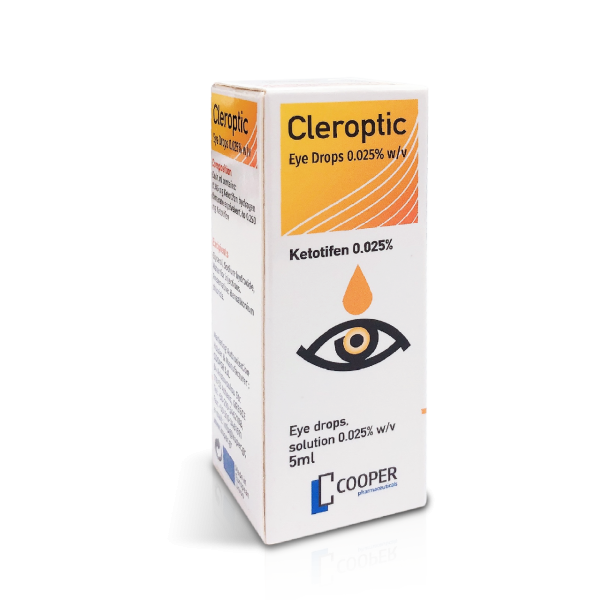

If you don't see any change after a week or two, then speak with your doctor.There is a variety of arthritis creams to choose from. As you take your pain medication, measure how you feel from its effect using the 1-to-10 scale. Track when pain episodes strike, how long they last, and how bad the pain is on a 1-to-10 scale, with 1 being minor pain and 10 being intense pain that causes immobility. One way to gauge how well painkillers help manage your back pain is to keep a pain diary. Speak with your doctor about whether this may be an option. Some research has found duloxetine (Cymbalta), which is used to treat depression and anxiety, to be one of the more effective antidepressants for treating pain.Īntidepressants are not addictive and are well tolerated by many people. However, many make you drowsy, so you have to be careful how you use them.Īntidepressants. Doctors prescribe certain antidepressants off-label to help manage pain, including chronic low back pain, even if the person is not depressed. Muscle relaxants. Prescription muscle relaxants act on the central nervous system to reduce acute pain for the short term and are often recommended when muscle spasms are present. "This is why they should be considered a last resort after careful consideration with your doctor about possible risk factors," says Dr. Opioid pain relievers are generally safe when taken for a short time and as prescribed by a doctor, but there is always a concern about addiction. Opioids, such as oxycodone (Ox圜ontin) and an acetaminophen/ hydrocodone combination (Vicodin), interact with receptors on nerve cells in the body and brain to reduce pain. Opioids. If your back pain becomes more severe, you may benefit from a stronger prescription drug like an opioid.

"This doesn't mean that NSAIDs can't help you, but only that they don't work for everyone," says Dr. While people who took NSAIDs had less pain and disability after starting treatment than before, the effect was quite small and similar to improvements reported by those who received a placebo.Īlso, those who took NSAIDs were two-and-a-half times more likely to experience side effects. "Follow the guidelines on the label, and let your doctor know what you are taking and how much," says Dr. There is no recommended standard dosage for NSAIDs for back pain. Shmerling.)īecause NSAIDs are easy to get, people tend to overuse them, which can expose them to possible side effects like stomach pain, ulcers, bleeding, or even kidney damage. (People with liver disease should avoid acetaminophen, says Dr. Acetaminophen (Tylenol) is also a pain reliever and often sold alongside NSAIDs, but it's not an NSAID and does not help with inflammation. NSAIDs help reduce pain, swelling, and i nflammation in muscles and around damaged spinal discs or arthritic joints. They can be purchased over the counter (or, in higher doses, by prescription) and include ibuprofen (Advil) and naproxen (Aleve). NSAIDs. NSAIDs are often the go-to drugs for back pain relief. Here's a look at these types of drugs and how they help with back pain:

"Advertisements pitch a particular drug as if it would work for everyone, but back pain varies from person to person, as does its response to drugs," says Dr. What's your best option? It depends on your particular pain and how your body reacts to the medication and dosage. The common ones include nonsteroidal anti-inflammatory drugs (NSAIDs), opioids, muscle relaxants, and antidepressants. There are several categories of back pain medication. 2, 2017, by Annals of the Rheumatic Diseases reviewed 35 placebo-controlled studies that included more than 6,000 people who had all sorts of spine-related pain, including neck pain, low back pain, and sciatica. Keep in mind that NSAIDs might not always be the best medicine for back pain. "It's always important to get checked out by your doctor if your pain does not subside after a few weeks, or right away if it's accompanied by other conditions like leg weakness, incontinence, or a fever," says Dr. However, pain also could be related to osteoarthritis, an injury, or even depression.

The source of back painĪ lot of back pain in older men is caused by weak core muscles and declining muscle mass. Robert Shmerling, former clinical chief of rheumatology at Harvard-affiliated Beth Israel Deaconess Medical Center. "Medication can be a crucial part of managing and treating occasional and recurring pain, and can help you stay pain-free and active, but you have to use the right ones for you, and in the right way," says Dr. But are drugs the best way to combat regular flare-ups? Most of the time, popping a few over-the-counter pain relievers does the trick. In fact, an estimated 80% of people will seek medical attention for back pain at some point in their lives. Find the right medications for you and use them correctly.


 0 kommentar(er)
0 kommentar(er)
